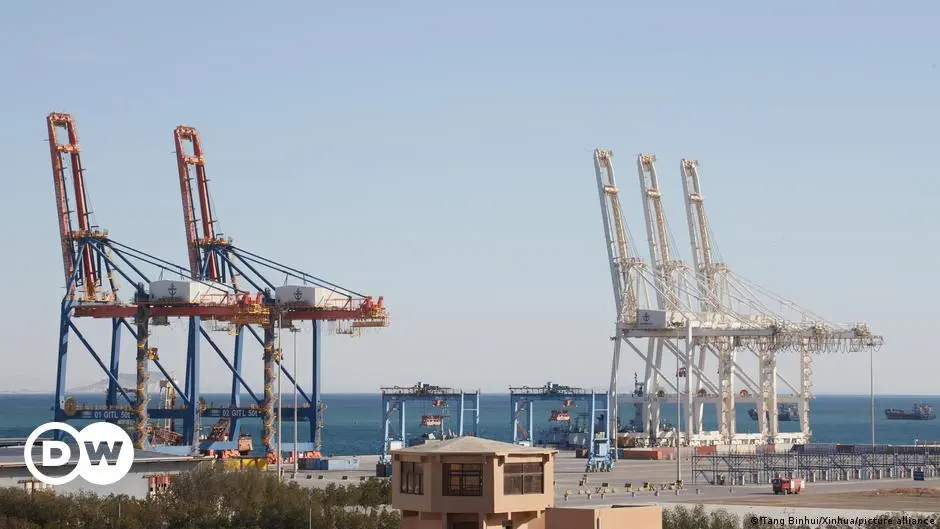Pakistan’s Gwadar port was meant to be a shining success for the prestigious China-Pakistan Economic Corridor (CPEC), part of China’s global collection of infrastructure projects and trade networks known as the Belt and Road Initiative (BRI). But almost two decades later, it still sits empty.
All over the world, governments are hoping to boost their economies through new and expanded ports and other infrastructure projects — and Chinese banks are more than willing to provide financing. Chinese companies often build and operate the ports as well.
These deals are lucrative for China, said Jacob Mardell, a former analyst at the Mercator Institute for China Studies, a German think tank.
“This model almost kind of acts as a subsidy for Chinese companies,” he says. He explained that Chinese banks loan money to governments that then give that money to Chinese construction companies and pay the loan back to the bank over time. This means the money essentially never leaves China, “while the bill is ultimately footed by taxpayers in other countries.”
However, as in many.other countries, observers close to the matter say that behind the scenes, both Pakistan and China have become disillusioned with the project.
“Jobs promises were not met. Industrial promises were not met. The business opportunities for Pakistanis were not met,” said Khalid. “They [China] promised nine special economic zones. Not one is fully functional to date.”
“When it comes to investment decisions, the Chinese are famously not risk-averse,” he told DW. He says “basically unlimited” state backing for state-owned investment and construction companies, coupled with the political will to rapidly step up competition with Western economies, has led China to fund even very risky projects in less stable countries worldwide.
Still, countries like Pakistan are now stuck paying back large amounts of debt to Chinese lenders. “Pakistan has to pay billions of dollars back in loans, because of reckless investments in the name of CPEC,” an expert says.
Similar cases have previously led to criticism that China is conducting debt-trap diplomacy, allowing partner countries to go into unsustainable amounts of debt to gain political influence.
Moreover, part of the revenue from the newly built projects also goes back to China.
“China gets the lion’s share of everything,” says an expert. With Pakistan’s Gwadar port, for instance, 90% of the quite limited revenue goes to the Chinese operating company. The Pakistani government receives 10%, while nothing goes to the Balochi regional government.



This is why you should never let a tankie tell you that China has no imperialist colonial ambitions. Debt colonialism is still colonialism.
Best thing for countries trapped in these debt traps would be to just seize the infrastructure and send the chinese workers home.
Last year, researchers at AidData, the World Bank, the Harvard Kennedy School, and the Kiel Institute for the World Economy in Germany found that Beijing has dramatically expanded emergency rescue lending to sovereign borrowers in financial distress —or outright default- when the China’s Belt and Road Investments have failed.
Essentially, however, China has been bailing out its own banks, the study found. You can download the study here.
TLDR: